9 People Share Impossible Events That Horrified Them to Their Core

Yep. There’s ice. All around. As far as the eye can see. A white desert covers the entrance to your cave, the one where you and a bunch of other settlers live.
Everyone’s gathered around a fire pit trying to keep warm, telling each other stories about how much snow they saw the other day. Some are running around playing tag, throwing sticks... whatever people used to do for fun 300,000 years ago. You’re one of the earliest Homo Sapiens to ever walk the Earth!
Others are sleeping or just resting their eyes. All around the cave, all you can hear are stomachs rumbling, sounds like a wild animal lurking around. You look out the mouth of the cave and see that the storm has cleared. Time to grab some tools and head out as a group!
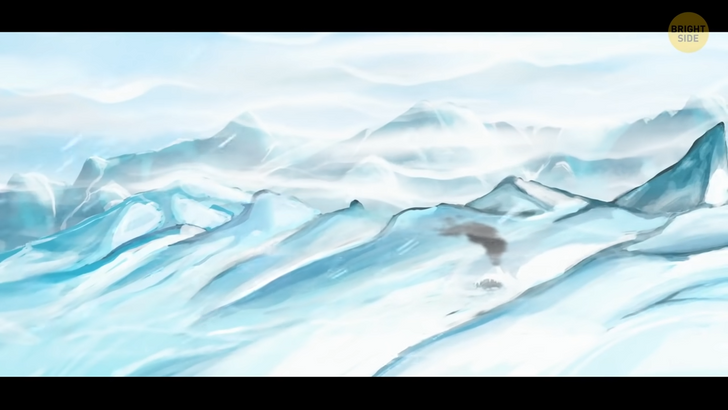
In the open wilderness, you find some berries covered in snow, and plants that... might... be edible? But it’s not enough to feed the whole tribe. It’s the Ice Age and there’s not much vegetation growing anywhere. One of your friends spots some large footprints in the snow, the chase is on! You can’t tell what it is, but it should be enough to feed everyone for a couple of days. As you go deeper into the snow-covered forest, you hear a growl behind you. You hope it’s your stomach but...you look behind you and suddenly black out.
An Ice Age is a period when large sheets of ice cover everything, changing the Earth permanently. It’s partly responsible for the raising and lowering of sea levels as well as the current layout of the continents. Picture monster thick ice sheets spread across what’s now Canada, Scandinavia, Russia and even South America. That’s all caused sea levels to change drastically, and temperatures around the world fell dramatically! And I’m not talking about just one Ice Age, there were a bunch of them. Scientists say there have been 5 major Ice Ages throughout history, lasting for millions of years. And we’re in the middle of one right now.
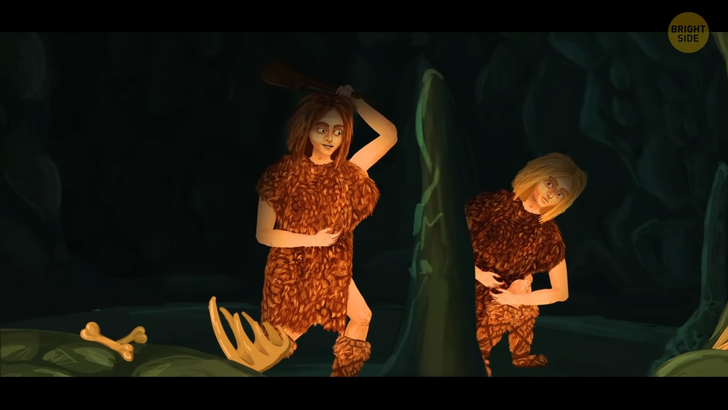
We’re living in the Quaternary Ice Age that’s been going on for the past 2.6 million years... and counting. Some animals have thrived in this latest ice age, like whales and sharks. They’ve been at the top of the food chain for ages, under them are seals, certain kinds of fish, otters... all the way down to tiny plankton. Up on the cold surface, mammals had to grow thick and shaggy fur just to stay warm. Ancient mammoths, rhinos and bison were known to have thick rugs on them, they looked awesome!
They were herbivores and ate small shrubs and whatever grass they could find. But several thousand years ago, temperatures began to rise, and most of these animals became extinct. The ones that remained evolved into the elephants, hippos, and rhinos we have today.
You wake up from your black out and find yourself face to face with a creature that kind of looks like a modern-day bobcat... except it’s much bigger and furrier. It’s a Smilodon. An epic version of a saber-toothed cat, with a mean look. It’s around the same size as a male lion and has 2 front fangs that’d make me think twice before leaving the safety of my cave. They look scary, but scientists think their bite wasn’t as powerful as today’s tigers or lions. What made them tough were their giant forearms used to wrestle down anyone who got on their nerves. In packs they were even able to take down mammoths.
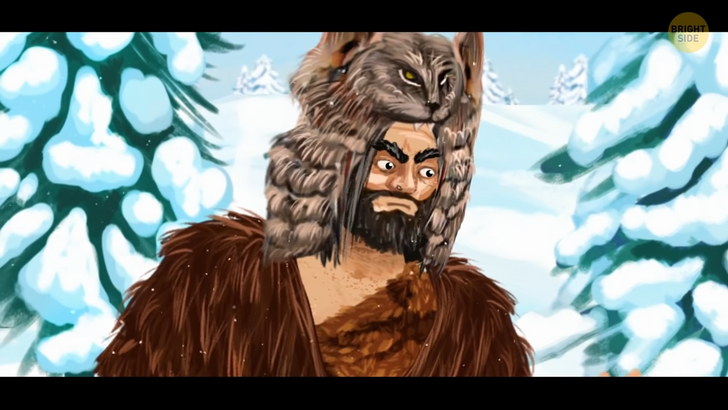
Either way, you don’t want to be waking up next to this kitty. It’s staring you down, ready to pounce. But you and your friends keep calm and slowly back off. You get the genius idea to throw a rock to distract it, then... run. Nowadays it’s near impossible for a human to out-sprint a lion or tiger, but humans back then were much fitter. Once the danger’s over, everyone continues to look for food. It’s getting dark and you haven’t found anything to bring back to the cave. Suddenly you smell something burning. Way off in the distance you see a thin column of smoke rising into the sky. Another settlement? You and your friends look at each other and approach the smoke... cautiously.
Homo Sapiens first came into being about 2 or 300,000 years ago. But human history didn’t just pop up out of nowhere. As far back as 7 million years ago, some of us decided to call it quits. We left our chimpanzee ancestors in the jungle and started doing our own thing. And that didn’t just happen once. Over those next millions of years, there were over 20 different human species! Some were our ancestors; some were twigs from a completely different branch! Some were tiny, others better adapted for hot or cold weather.
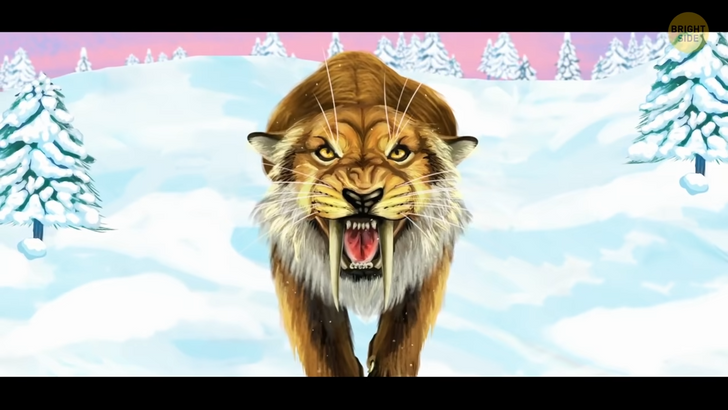
Before you know it, you see a group of Neanderthals cooking some meat, sharpening their tools. Neanderthals were the first to migrate to Europe. Scientists believe they were around somewhere between 40,000 to 400,000 years ago. They occupied all areas between Europe and Asia while Homo Sapiens, that’s us, were still all the way down in Africa. You enter their camp and immediately see the differences between each other. They’re stocky and look a bit different. But there are some similarities, like flat teeth for chewing and gnawing and big skulls for their big brains! They even have clothes on like you. According to archeologists, they lived in shelters, and made tools out of stones, sticks, and bones.
They welcome you inside and give you a tour like no other. You’re officially meeting another human species! They take you inside their cave and show you some of their cave paintings. They were the first artists of their time. Many of their galleries are still around today, like the ones in caves in Spain. You know their style, minimalist paintings of deer, a large handprint... They also dabbled a bit in jewelry making. They made necklaces out of eagle talons and animal fangs.
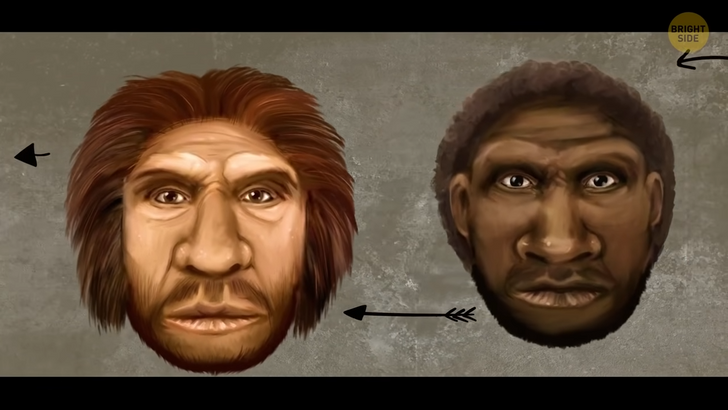
They were also probably the first ones to harness the power of fire. Did they discover it when a bolt of lightning hit a tree, or when one of them dropped a rock on another rock, creating a spark... no one really knows. But they were able to recreate it and use it to keep warm, to cook food, to see in the darkness and to protect themselves.
After the nice tour, you hang around the camp fire to keep warm. They even offer you some extra clothes for the journey home, mostly thick shaggy mammoth coats. If only you could talk to each other, that would be awesome! But it’s getting dark and you need to head back to the tribe. You say your goodbyes and thank them for teaching you how to draw a deer, and for that sack of food they gave you.
The Ice Age was important for the development of the modern Homo Sapiens. Because of the extreme cold and other harsh conditions, they had to adapt to survive, be extra clever and innovative. They developed advanced tools and even used bone needles to sew warm clothing. They may have hosted the first ever runway show!
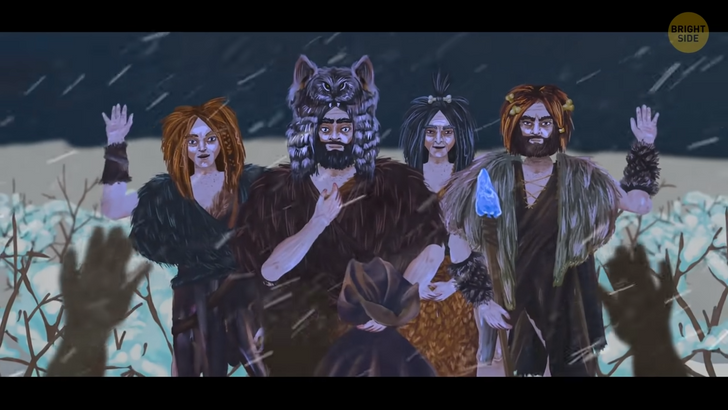
When the climate started to get warmer, they developed farming techniques to sustain themselves and mainly settled near large bodies of water like rivers or lakes, while others opted to be near seas and oceans. They, I mean we, were even the first to domesticate animals. Fast forward a few hundred thousand years, and... here we are!











